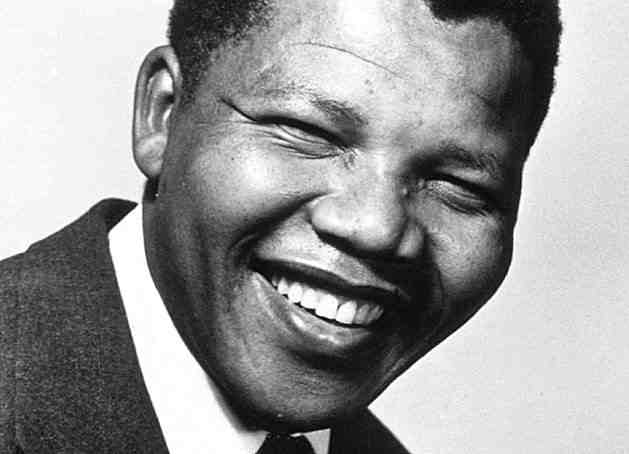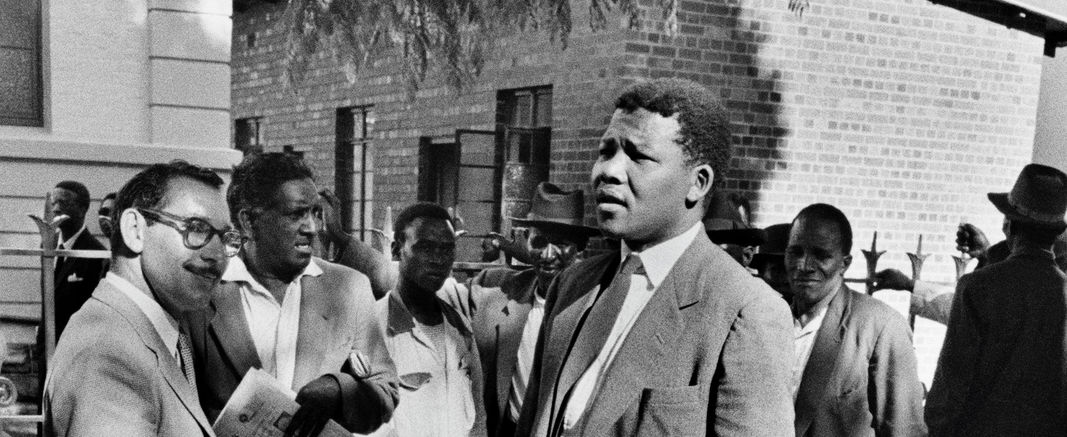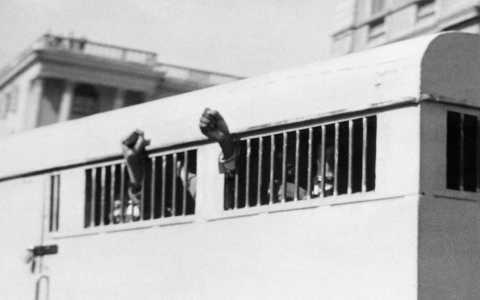United Nations-Habitat, the agency focused on human settlements, recently released its latest bi-annual State of World Cities Report. The report highlights a number of highly important milestones in human history.
Most significantly, the report notes that humanity passed a tipping point last year, with over half of the people on the planet now living in cities.
In addition, urbanization is now unstoppable according to the report. Anna Tibaijuka, outgoing director of UN-Habitat, is cited in an article in the Guardian as saying: “Just over half the world now lives in cities but by 2050, over 70% of the world will be urban dwellers. By then, only 14% of people in rich countries will live outside cities, and 33% in poor countries.”
Perhaps the most interesting feature of the report, however, is its identification of the endless city. According to the report, that is, mega-cities around the world are agglomerating into mind-bogglingly vast mega-regions. The largest of these is in China, where the Hong Kong-Shenhzen-Guangzhou region is home to about 120 million people. Other endless cities have formed in Japan and Brazil and are developing in India, west Africa and elsewhere.
Such endless cities confirm the projections of Henri Lefebvre in The Urban Revolution. According to the report’s co-author, Eduardo Lopez Moreno, mega-regions rather than countries are now the chief engines of global wealth creation: “Research shows that the world’s largest 40 mega-regions cover only a tiny fraction of the habitable surface of our planet and are home to fewer than 18% of the world’s population [but] account for 66% of all economic activity and about 85% of technological and scientific innovation.”
Although migration from rural areas to cities might make sense given their economic dynamism, endless cities are generating increasing social and environmental problems according to the State of World Cities report. Instead of developing in a compact, energy-efficient, and relatively egalitarian form, endless cities are increasingly sprawling, eating up land and resources in an unsustainable manner. According to the report, urban sprawl is the product of a divided, dysfunctional city.
It should not be so surprising, therefore, that the most unequal cities identified by the report are all in South Africa, with Johannesburg, East London, Bloemfontein, and Pretoria leading the world in inequality. Cities in other parts of Africa, Asia, and Latin America are less unequal primarily because they tend to be more uniformly poor. In the developed world, the U.S. has the distinction of having the most unjust cities, with places like New York and Chicago ranking as less equal than Brazzaville in Congo-Brazzaville and Managua in Nicaragua.
This trend towards increasing inequality, segregation, and fortification is one of the greatest challenges we face collectively. Authors such as Mike Davis have shown us the dystopian reality in Planet of Slums. In the face of such trends, we urgently need forward-thinking (dare I say utopian) proposals for more just forms of urban development. One of the most engaging examples I’ve come across in this regard is the architect Richard Rogers‘ book Cities for a Small Planet. It’s written to be accessible to a general audience and it evades some of the thorny problems of proliferating slums, but at least it’s an attempt to propose solutions to the challenges posed by the endless city. Also suggestive is Ricky Burdett and Deyan Sudjic’s edited volume The Endless City.
 My friends at the Superstorm Research Lab have just released an amazing white paper on the impact of Hurricane Sandy. Titled A Tale of Two Sandys, the report focuses on the uneven impact of the storm on NYC.
My friends at the Superstorm Research Lab have just released an amazing white paper on the impact of Hurricane Sandy. Titled A Tale of Two Sandys, the report focuses on the uneven impact of the storm on NYC.

